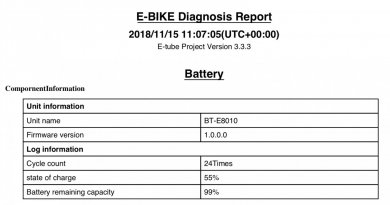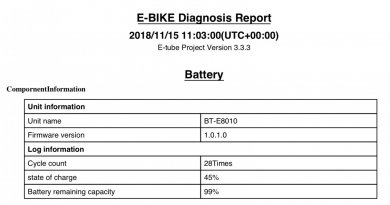I was thinking we could compare the effects of the charging methods on the battery health and if any particular method is better or worth the 'extra mile' to preserve the battery capacity for longer. As far as I know, the battery diagnostic is possible by the user through the app on the Levo/Brose and the Shimano systems.
Here is mine:
2 batteries, 11 months, 24 and 28 charge cycles and 99% remaining capacity on both batteries.
After rides, I charge the battery to ~70-90% and before the next ride I top it off to 100%.


Here is mine:
2 batteries, 11 months, 24 and 28 charge cycles and 99% remaining capacity on both batteries.
After rides, I charge the battery to ~70-90% and before the next ride I top it off to 100%.

